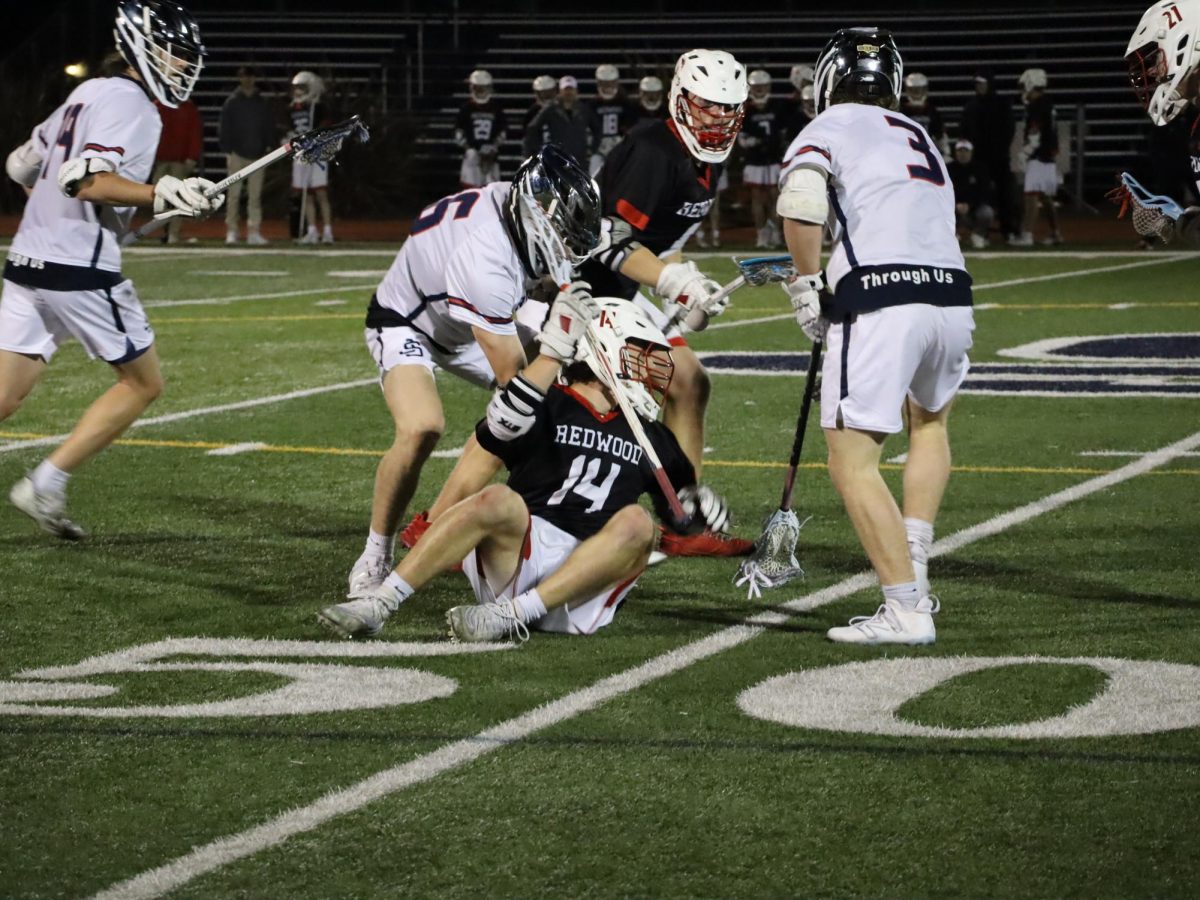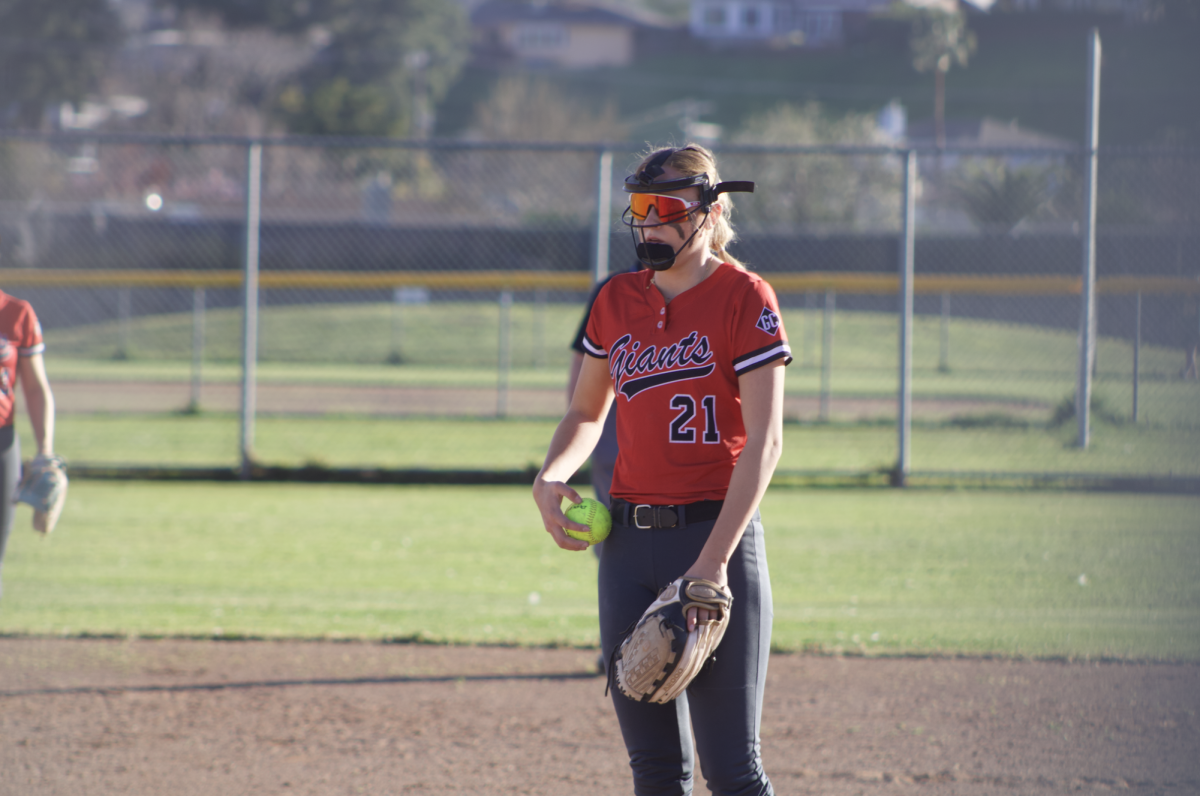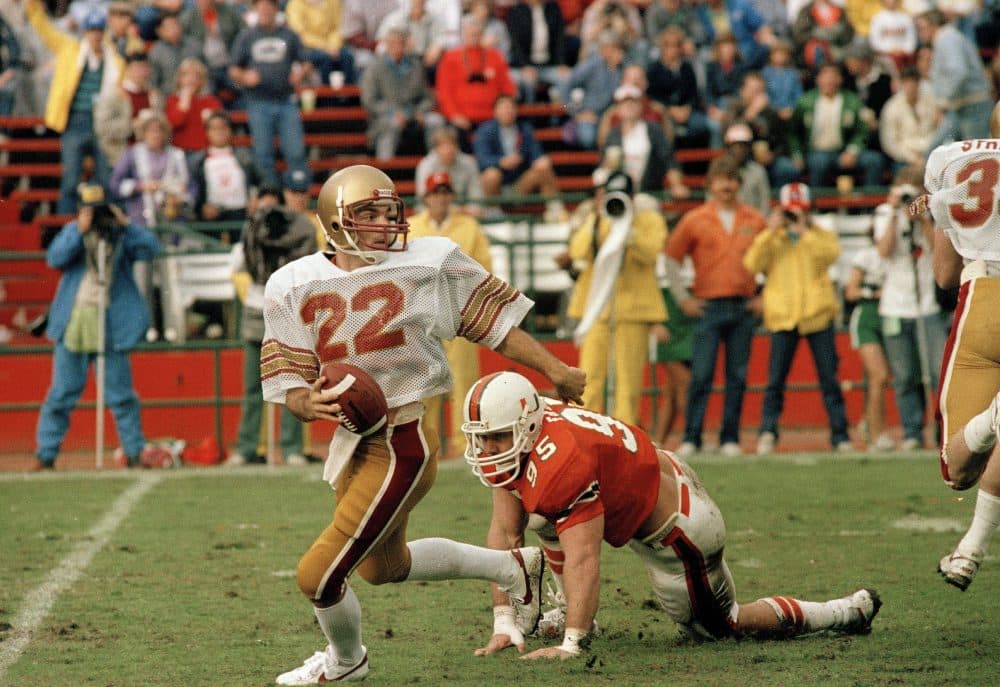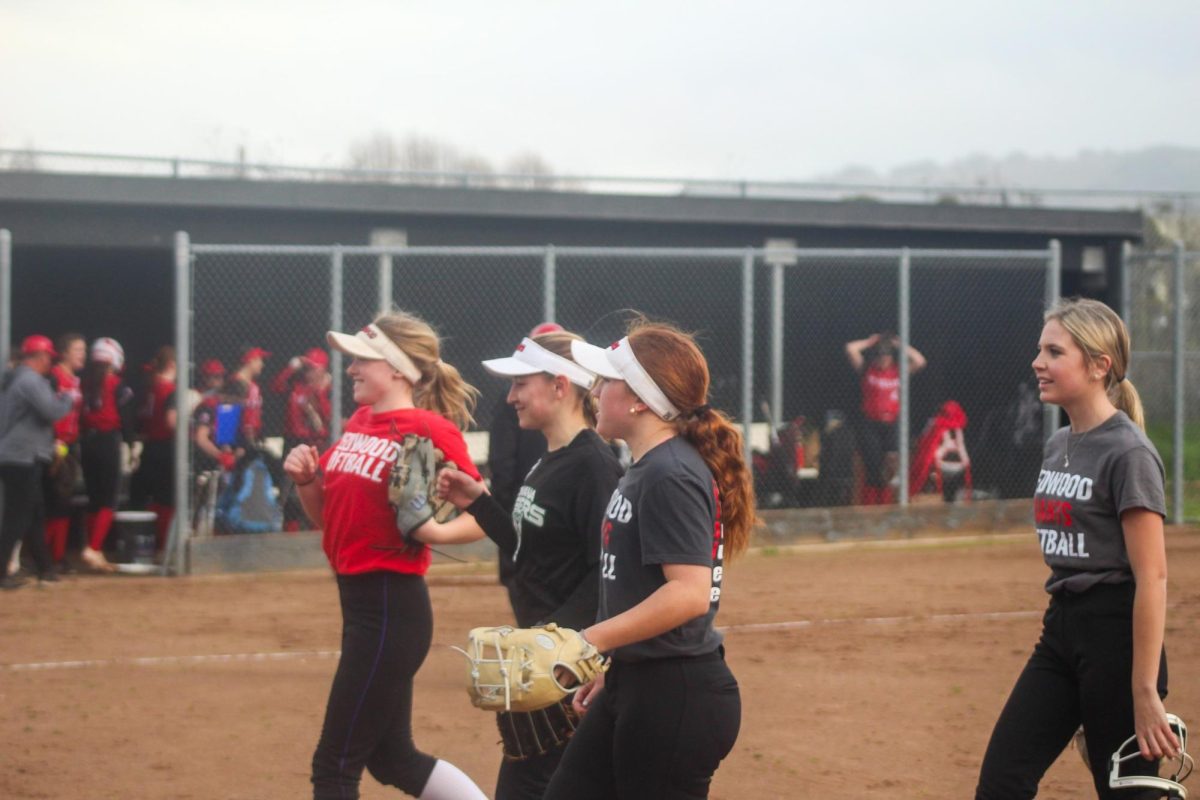It can happen to any athlete in a matter of milliseconds. One instant you’re sprinting down the court during a fastbreak, your eyes focused on the basket, and the next instant you’re lying on the floor with your knee ligament, the ACL, torn and now useless.
Sophomore Jaiana Harris made a significant impression on both basketball fans and teammates last year as she stormed through her first season on the varsity team as one of the starting five players. However, during Harris’ AAU club basketball tournaments over the summer, she fell prey to an injury that forced her to put her uniform on the shelf.
“I was at a game, Oregon State, and I was going up for the layup when someone bumped me, and when I came down I just landed wrong and my knee popped,” Harris said.
As the level of talent increases in high school sports, so do the time commitments that must be invested in the sport, such as pre-season workouts and summer league tournaments. Often, athletes will begin training for their sport months prior to the official start of the MCAL season, making their season almost year-round.

According to trainer Americ Alvarado, the longer this period of participation in sports, the more susceptible an athlete becomes to an injury, such as an ACL tear.
“ACL injuries are not usually that common because our athletes are still young, but the more sports they play, also if they play year round sports, then it becomes more common,” Alvarado said.
Harris will now be unable to wow basketball fans with her drives to the basket and jump shots in this year’s basketball season due to the six month to year’s time recovery period.
“You can do any daily activity without an ACL, but when you do a lot of running and cutting at a fast rate, then you need your ACL. You’re going to have a major knee surgery,”Alvarado said.
Junior Shanna McCullough is now on the home stretch of her seven-month recovery from a torn ACL and hopes to play basketball this winter.
Similar to Harris, the incident came out of nowhere as McCullough participated in the first lacrosse scrimmage of the season. After scoring four goals, the sudden slip of her foot and loud pop of her knee that followed was not something that she had planned for.
“I felt like I was sleeping when it happened. I was in shock, I guess,” McCullough said. “Then the two weeks after my surgery were the worst of my life…just terrible.”
After surgery to reconstruct her torn ligament, McCullough spent her immobile days on a strict medication regime for two weeks and then began intense physical therapy, similar to that of Harris’ current pre-surgery physical therapy.
In most cases, the surgery is not complicated due to today’s technology, and after extensive physical therapy coupled with a positive mentality, one can be back on the court or field in a year’s time at most.
Harris feels that given her strict rehab schedule, she will be back on the court in a short six months with no strong impact on her game. However, her return will depend on whether or not her doctor, who must consider the possibility of future knee injuries, will clear her for athletic participation after a mere six months.
“It is what it is. It happens and there’s nothing you can go back on, and you just have to stay positive,” Alvarado said, adding that he typically sees around three ACL injuries in Redwood athletes per year.






